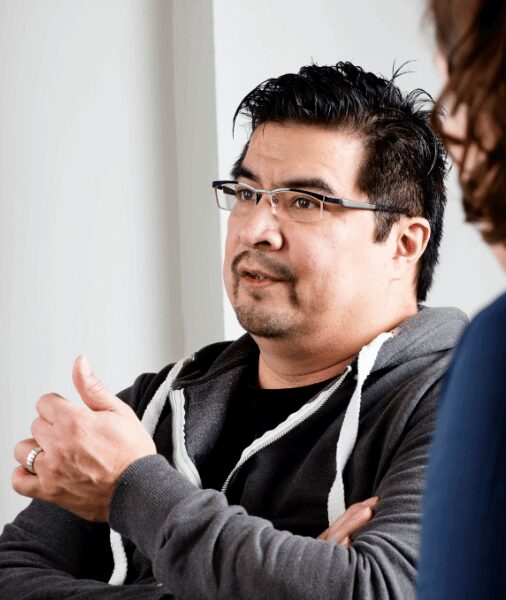Heroin Withdrawal Symptoms
Heroin withdrawal symptoms can be intensely uncomfortable and are a significant barrier to quitting. Symptoms of withdrawal usually begin within a few hours after the last time the drug was used, and the severity depends on the individual’s level of dependency and their regularity of use.
The initial phase of heroin withdrawal is marked by a series of physical symptoms that resemble the severe flu. These include muscle aches, excessive sweating, and uncontrollable shaking. Individuals might also experience extreme gastrointestinal distress, such as nausea, vomiting, and diarrhea. When not carefully monitored and treated, these symptoms can lead to dehydration and electrolyte imbalance.
Other common physical symptoms include yawning, runny nose, fever, and profound sweating that can persist for days. As withdrawal progresses, other psychological symptoms begin to surface. These include anxiety and irritability, which are often accompanied by depression and a sense of hopelessness. Sleep disturbances are also typical, including insomnia or disturbed sleep patterns. During this period, cravings for heroin become increasingly intense and pose a high risk for relapse as individuals seek relief from discomfort.
The intensity of withdrawal symptoms usually peaks in 24 to 72 hours after the last dose. Withdrawal symptoms can last for one week or more. The severity and length of withdrawal are influenced by the duration of heroin use, the amount and frequency, and the method of ingestion. Long-term users or those taking large amounts of the drug experience more severe withdrawal symptoms.
Despite the harshness of these symptoms, heroin withdrawal is generally not life-threatening. However, it can be so uncomfortable that many find it difficult to quit without medical help. Medically supervised detox programs offer support and can administer medications to help alleviate some of the withdrawal symptoms. This makes the process safer and more tolerable. Supportive care is vital as it helps prevent relapse during the withdrawal phase and prepares people for further treatment for heroin addiction.










